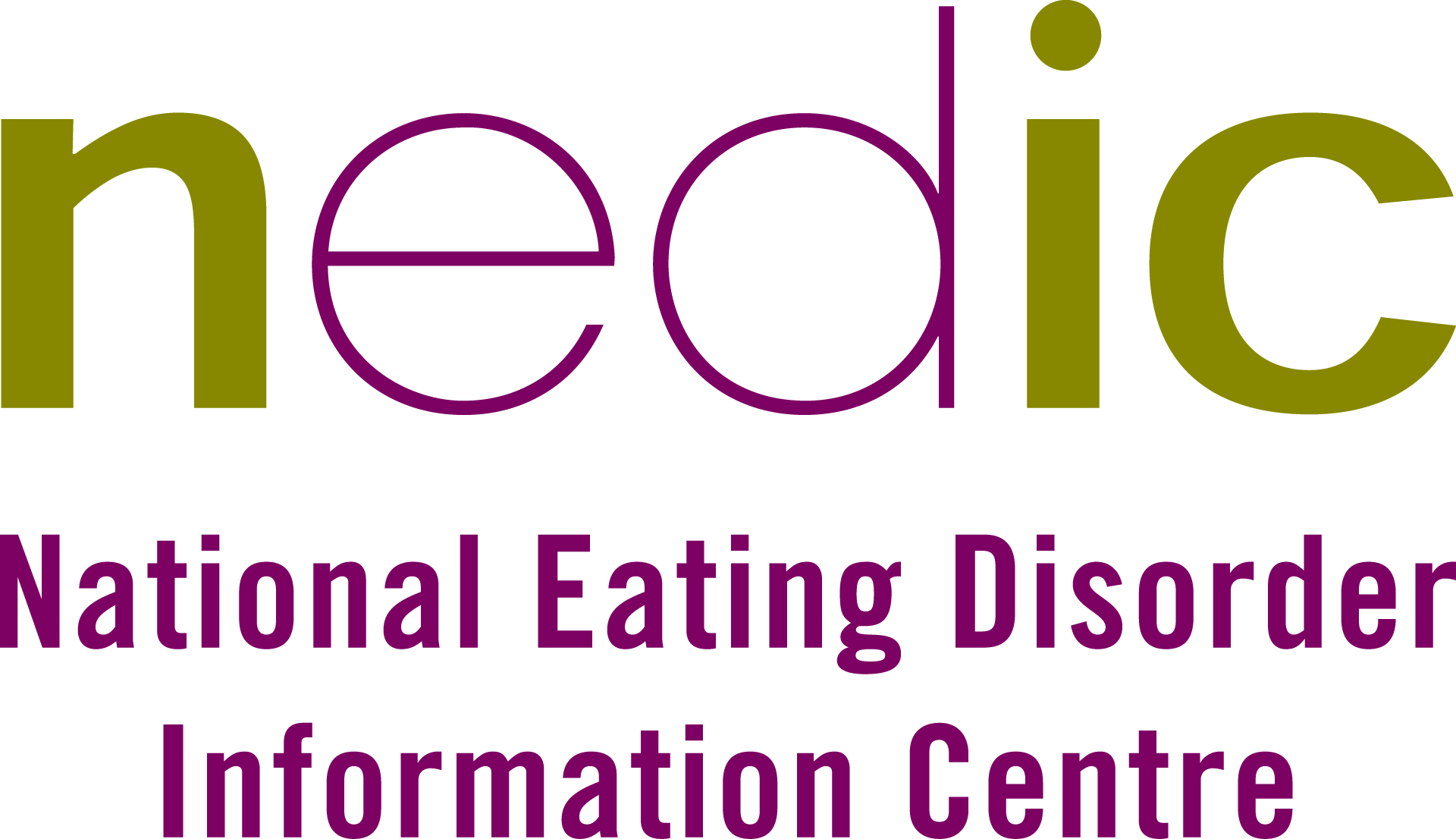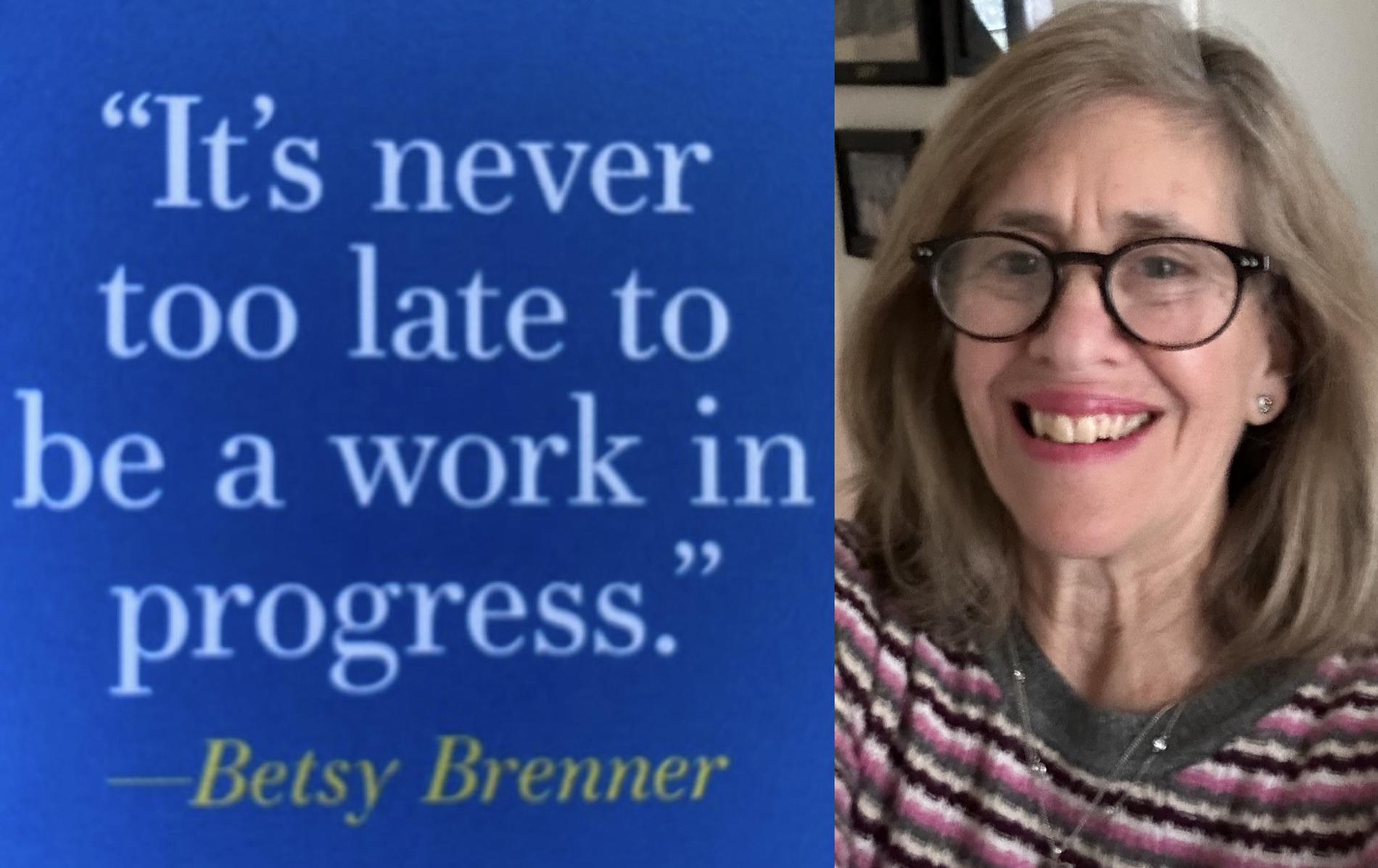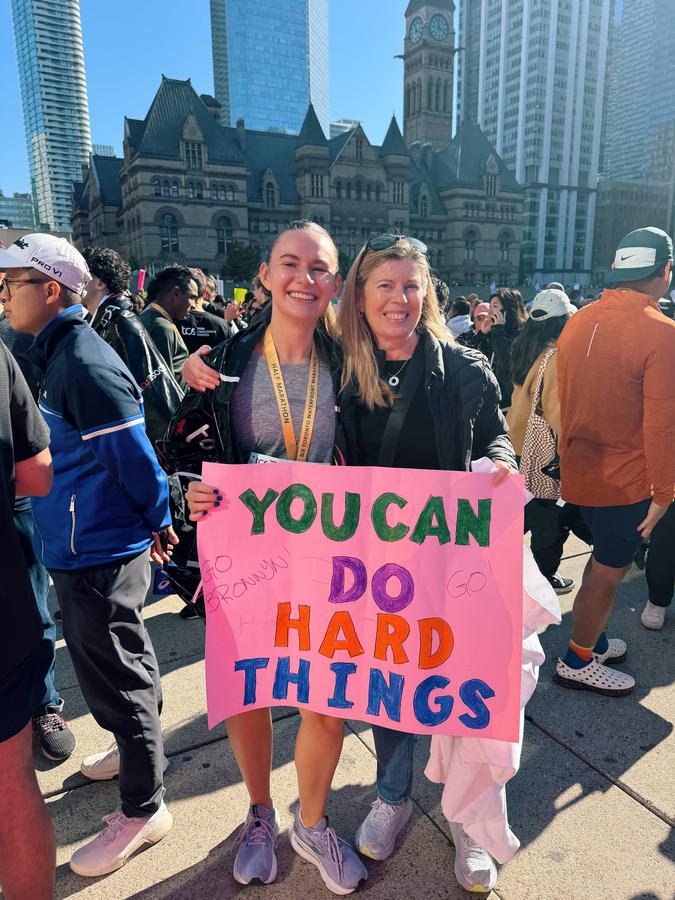
Betsy Brenner
April 12, 2023, noon

When I was diagnosed with anorexia in my forties, I held the same preconceived notions that many hold – that those afflicted with this illness are young, white females. Yes, I had lost significant weight off my small frame that I did not need to lose. And yes, I was consumed by thoughts about food and exercise. But, how could I have anorexia? I was quite thin, but hardly emaciated. I didn’t starve myself, and I was a busy mother of three, wife, volunteer, and high school tennis coach. I had a lot to learn about my illness and what recovery would entail. It has been the journey of a lifetime, and I am relieved to be able to say that the significant challenges I endured, which culminated in the development of anorexia in midlife, became the catalyst for healing. It is possible to heal from past trauma and become healthier in mind, body, and spirit. In fact, my memoir, “The Longest Match: Rallying to Defeat an Eating Disorder in Midlife” (2021) evokes the message that “it is never too late to be a work in progress.”
The reality I quickly learned after my diagnosis is that eating disorders do not discriminate. You cannot tell by looking at someone whether they are suffering from an eating disorder and my preconceived notion was quickly dispelled. Eating disorders can affect anyone; all genders, races, ages, body sizes, identities, and socioeconomic status. If you are human, you can be diagnosed with an eating disorder! In fact, I learned early on that eating disorders are actually not about food. Rather, the behaviors with food are symptoms of what is going on inside. The eating disorder becomes a maladaptive way of coping.
Past research has shown that as many as 13% of women over age 50 have symptoms of an eating disorder. Before sharing more about my own journey, it is important to outline the three typical categories of eating disorders in women in midlife. First, there are women who have been struggling for as long as they can remember; it becomes their identity and they cannot begin to envision what recovery would look like for them. Second, there are women who had an eating disorder at some point in their lives and have enjoyed some level of recovery before relapse in midlife. Third, there are those, like me, who are diagnosed for the first time in midlife. Upon reflection when writing my memoir, the seeds of my eating disorder were planted throughout my childhood and young adulthood. To this day, I am surprised I was not diagnosed at an earlier age.
For many women who relapse in midlife or who are diagnosed for the first time in midlife, the eating disorder may have been triggered by the effects of such factors as menopause, grief, illness, empty nest, divorce, aging body, and aging parents. There are potentially devastating medical effects as a result of an eating disorder, often worse in older adults. Unfortunately, given the added shame and secrecy that often accompany midlife eating disorders, they are often underdiagnosed and not treated. I think there is an urgent need for more treatment options for older adults. I hear from so many women in midlife who left treatment prematurely because they felt like the “mom” figure with the young adults who were in treatment with them. As with any marginalized group, women in midlife need connection, support, and treatment with others in their demographic who “get it.” Eating disorders thrive in isolation and for women in midlife, suffering in silence is too often the case. In addition to the shame factor, there is also the reluctance or inability to take the necessary time out of “life” to seek treatment because of job, family, and caregiving responsibilities.
As for my own recovery, I learned that it was not enough to want recovery – I had to be willing to do whatever it would take. For me, that meant following a meal plan, nourishing my body even on “no exercise” days, disobeying the eating disorder voice even when it was screaming at me. I also had to allow myself to be vulnerable, which went against everything that had been ingrained in me from a young age. I was raised to equate vulnerability with weakness, to remain positive at all times, and to strive for perfection. I ended up feeling guilty for any negative emotions, developed a fear of failure, and suppressed any and all emotions that weren’t positive. I had to be in control at all times, and I developed significant anxiety and bouts of mild depression.
When “the perfect storm” hit in my forties, my eating disorder took hold as a way to cope. Restricting my food intake and over-exercise as compensation helped me feel in control, reduced anxiety, and numbed difficult emotions. Recovery, with twists and turns along the way, was a long, difficult, non-linear path to healing. It required working with an outpatient dietician and therapist who specialized in eating disorders, using the safe space they provided to be vulnerable, letting my guard down, and talking about the life experiences and challenges that shaped me. I had to face the discomfort of weight restoration and be consistently reminded that while the eating disorder was not my fault, recovery would be a choice I would need to make each and every day.
The preparation for writing my memoir gave me the insight and self-awareness to understand myself better and comprehend how and why I developed anorexia. I am grateful for the freedom I have gained, the ability to feel all kinds of emotions and the joy that comes with being fully present in my life. I am able to use my voice and connect with others in an authentic way.
I hope all who are suffering, especially the women in midlife, will get the help and treatment they need and deserve. It’s never too late to be a work in progress.
Betsy Brenner
Author, Speaker, and Peer Support Mentor
“The Longest Match: Rallying to Defeat an Eating Disorder in Midlife”

Nov. 27, 2025, 9:31 p.m.

July 9, 2025, 3:47 p.m.

May 22, 2024, 12:40 a.m.